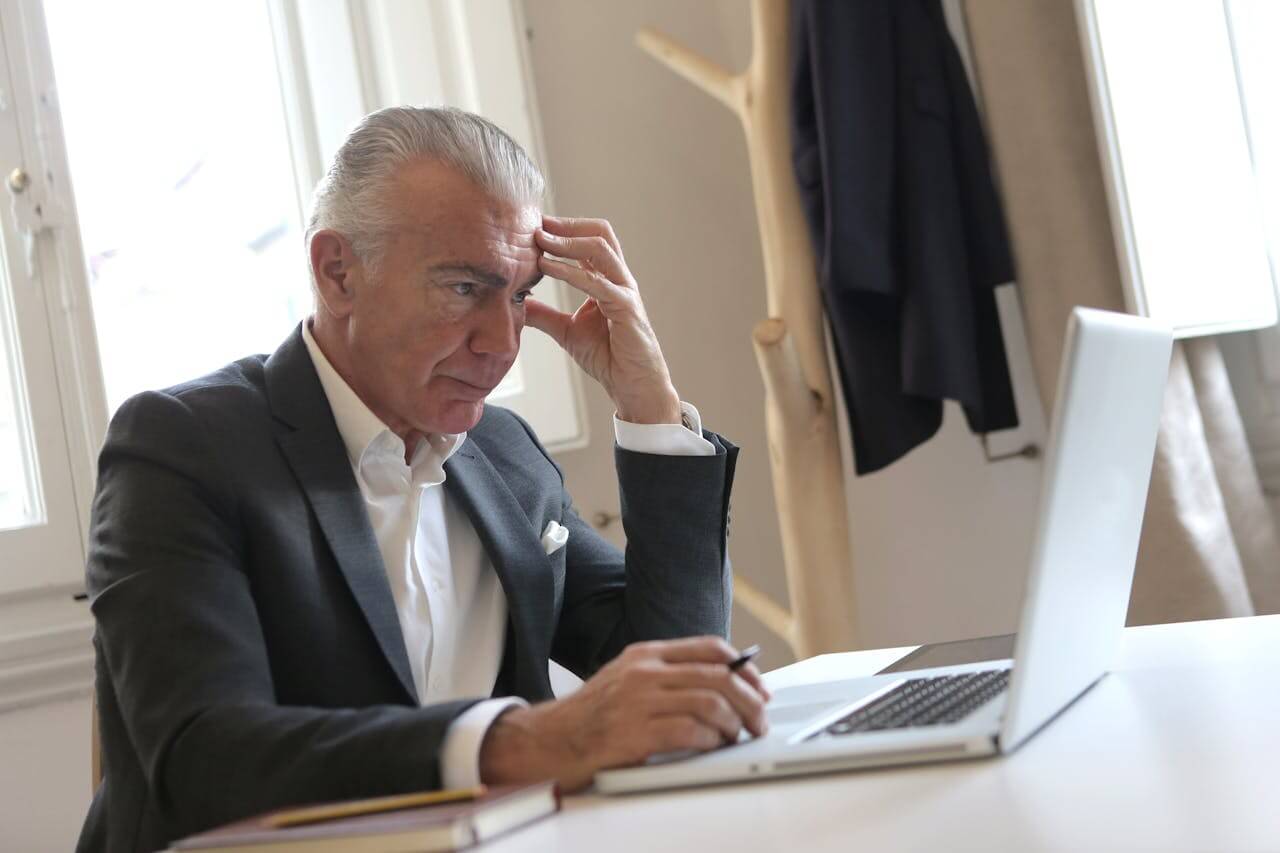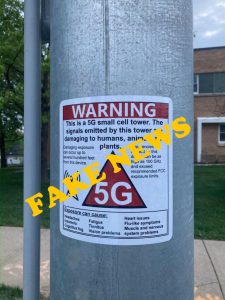Real Information, Misinformation & Disinformation
How to Spot Fake News and Propaganda
Have you ever read something that made you think or feel angry, scared, or confused — only to find out it wasn’t true? That might have been fake news. Let’s learn what fake news and propaganda are, who makes them, and how we can spot misinformation and disinformation.

Fake news can cause real problems
What is Fake News?
Fake news is when someone shares a story that isn’t true. It might look like a real news story, article, blog post, or video on platform’s such as YouTube and TikTok, but it’s made up to trick people. Some fake news is funny – to it’s creators, like jokes or pranks. Most of the time, it’s shared to make people believe lies.
Here's an example illustrating the difference between fake news and real news in the UK during 2024:
Real News Example:
- Headline: "Beetle found in county for first time since 1821"
- Source: BBC News, December 2024.
- This real news was reported by multiple reputable sources and included verifiable details about the location and significance of the discovery. It does not seek to divide or stir anger.
Fake News Example:
- Headline: "Southport stabbing suspect is a Muslim asylum seeker under MI6 surveillance"
- Source: Channel3Now, July 2024.
- A former website known as Channel3Now (now shut down,) published a false article. In reality, the suspect was a 17-year-old British citizen. This misinformation contributed to riots and unrest in various parts of the UK.
Criminals operate fake websites, which are used to spread fake news, download viruses to your computer, or may be designed to steal passwords and other sensitive information. Sometimes those criminals are located outside the United Kingdom, but their objective remains the same.
Satire is a type of humour that makes harmless fun of the world, politics, or events — often to point out something silly, unfair, or wrong in society. Satire often uses jokes, exaggeration, or irony to make a serious point.
In Britain, we have a long history of poking fun at powerful people — kings, politicians, and even news outlets. Satire is part of everyday culture in Britain, from TV shows to newspapers and even end-of-year school plays.
The British have a wide range of humour, and often enjoy sarcasm and clever jokes. Satire lets people speak out without being too serious or angry; without invoking strong emotions or causing trouble and violence.
Television shows like Have I Got News For You, Spitting Image, and The Mash Report use satire to talk about the news in a funny way. Satire differs from fake news because for example, it's intent is not to cause civil unrest, violence, or strong emotions such as anger.
How to Tell the Difference
- Satire is often silly or exaggerated (e.g. “MPs to work from moon base every Thursday, by 2030”).
- Fake news sounds real but is false (e.g. “New law bans tea in British schools” – when no ban is planned.)
- Satire is often published by known comedy sites like The Daily Mash, The Onion, or shows on the BBC.
Fake news often originates on unknown websites, TikTok, YouTube, or on social media, with the intent to spread fear or confusion, cause civil unrest, distrust, or strong emotions, such as anger.

Stop and think before believing or sharing anything online
What Is Propaganda?
Propaganda is when someone, or some entity – such as a country or political party, tries to control what people think by showing only one side of the story. Sometimes they will employ fake news, but not always. It’s often used to change people’s minds or make them support something — even if it’s not true, fair, or for a better society.
“Bad actors” aren’t people in plays or movies. In the case of fake news and propaganda, they are people or groups who purposefully spread lies, misinformation, and disinformation. They want to cause trouble, make money, or trick people. Often, they want to invoke strong emotions that lead to bad choices, such as civil unrest and distrust of fellow citizens.
Bad actors use the internet – websites and videos, social media, and even TV soundbites to spread lies. Sometimes they’ll place posters or stickers on walls, in toilet cubicles, or on sign-posts, to spread their lies. They might post fake stories, pictures, or videos. Sometimes they pretend to be someone else, like a news reporter or a happy customer, to make their lies seem real.
Have you ever seen a review saying, “This gadget is the best ever, it will change your life!” but then the gadget turns out to be rubbish? Some companies pay people to write fake reviews on websites, so more people will buy their poor quality products.
 Some stickers have been seen around towns saying falsehoods such as “5G towers cause cancer,” or “Turn off your Wi-Fi or you’ll get sick.” These messages are examples of fake news being planted by a bad actor.
Some stickers have been seen around towns saying falsehoods such as “5G towers cause cancer,” or “Turn off your Wi-Fi or you’ll get sick.” These messages are examples of fake news being planted by a bad actor.
The claims on these stickers are not 100% verified as true, and there’s often no real science behind the claims. The people who make these stickers want to scare others or spread confusion to cause civil unrest and reduce our technological capabilities as a country. These falsehoods may not always start in the UK. Sometimes they’ll pay or encourage other people to place these stickers, people they have often tricked.
Sometimes, they try to make the stickers look official to trick people. It’s important not to believe everything you see on walls or lampposts — always check with a trusted adult or look for information from real experts such as scientists, the NHS, or the BBC.
Some countries, like Russia, have used propaganda to make people in the UK feel confused, divided, or angry. They post fake news stories online – via social media such as Facebook and Twitter, and video sites such as YouTube and TikTok, trying to make people argue or mistrust their neighbours and government. This kind of propaganda is very dangerous.
The spread of fake news and propaganda online has a dark purpose — to make people argue with each other, mistrust their government, and feel uncertain about what’s true. This kind of propaganda can cause real harm in our communities.
Disinformation campaigns often use fake news stories, misleading images, and even AI-generated content to spread lies. One example is the “doppelganger” campaign, which created fake websites that looked like real news outlets. These sites published false stories to confuse readers and spread pro-Russian messages.
In Scotland, a fake news site called “Pravda Alba” was launched in the Gaelic language, using poor translations and AI tools to spread false claims about politicians. Experts believe this was an attempt to target smaller communities and languages that might not have strong defences against such propaganda.
Russian-linked groups have been identified as spreading false rumours about Princess Kate’s health, using these stories to undermine trust in the royal family and British news sources. The UK government has sanctioned agencies involved in these disinformation campaigns.
Misinformation and disinformation might sound similar, but they’re quite different in an important way: intent.
Misinformation is false or incorrect information that is shared by mistake. The person spreading it believes it’s true, but they are wrong. For example, someone shares a post on social media saying, “Drinking lots of water stops COVID-19.” They might be trying to help, but the information is not true. That makes it misinformation.
Disinformation is false information that is shared on purpose — usually to trick, confuse, or harm people. The person spreading it likely knows it’s a lie, but they do it anyway to manipulate others. For example, a fake news website publishes a story claiming, “The UK is banning Christmas to please other religions,” knowing it’s a lie.
Both can be harmful, but disinformation is more dangerous and often the root cause of misinformation.
How Can We Protect Ourselves?
- Be Skeptical: Not everything you read online or on a sticker pasted to a sign-post is true. Always question the source of the information.
- Check the Source: Reliable news outlets have editorial standards and fact-checking processes. Be wary of unfamiliar websites or sources.
- Look for Evidence: Trust information that provides data, quotes from experts, and references to studies. Fake news often lacks credible evidence.
- Cross-Verify: See if other reputable news outlets such as the BBC and Sky News are reporting the same story. Check the NHS and GOV.UK websites.
- Beware of Emotional Language: Fake news often uses sensational headlines and language to provoke strong emotions and trigger responses.
Remember: Always think critically and verify information before accepting it as truth or sharing it with others.
Don’t share straight away: think first — could it be fake?
Be Smart Online
Believing fake news and accepting propaganda can cause real problems. It can make people worry, get angry, or even cause harm to others. It can also make it harder to know what’s true and what’s not. That’s why it’s important to stop and think before believing or sharing anything online.
People in Swansea, and everywhere else, can help stop fake news by behaving smarter and being more careful online. If something seems too strange, too exciting, or to invoke strong emotions, it might be fake news or propaganda. Ask questions, check the facts, and help others stay safe too.
